- Author Jason Gerald [email protected].
- Public 2023-12-16 10:50.
- Last modified 2025-01-23 12:04.
Overlines are often used in writing statistical texts or other statistical fields. Unlike the underline (underline) Microsoft Word does not have a direct option to overline characters. But don't be confused, there are several ways to create an overline: using field codes and using equation functions. Follow step 1 to learn it.
Step
Method 1 of 2: Using Field Code

Step 1. Save your file (file)
Warning, field code is usually quite finicky and can cause Word to crash. Save your file first before continuing so you don't lose your work if things go wrong. Make backup copies of your files for extra security.
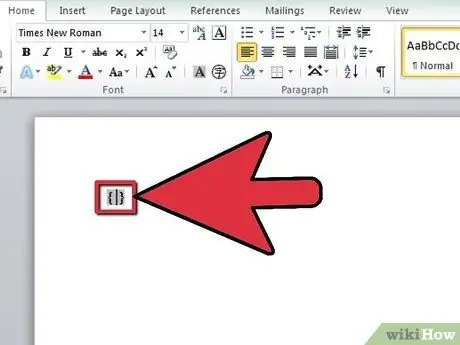
Step 2. Create a code field
Press “Ctrl + F9” on Windows or “Command + F9” on Mac to create curly braces for the field code { }. These curly braces are surrounded by gray. To overline the character, we need to create a special code field. Usually, to add an effect to text you block the text and then select the desired effect. But this time, you will type a test that will be overlined into the function field code
The code field will work on all versions of Word, for both Windows and Mac
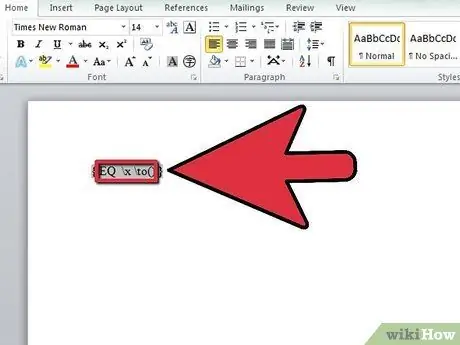
Step 3. Enter the overline function
Type the following formula inside the curly braces: EQ \x \to(). There is a space between "EQ" and "\x", as well as between "\x" and "to()". Make sure there are no trailing spaces because later the function won't work.
If the formula was copied from this article and pasted into a document file, Word would put a space at the end of the formula, so the field code would not work. It is recommended to type the formula itself
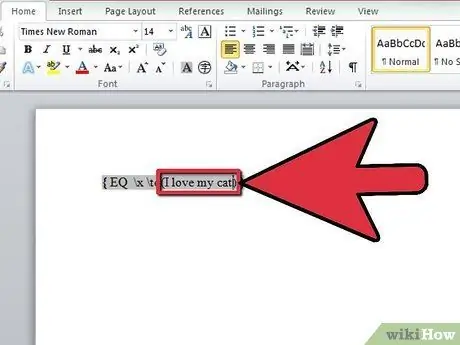
Step 4. Enter the text you want to overline
Place the cursor between the brackets in the code field. Enter the desired text, including spaces. Your function should look like this: {EQ \x \to(your text here}. Keep the cursor in the code field when you are done.
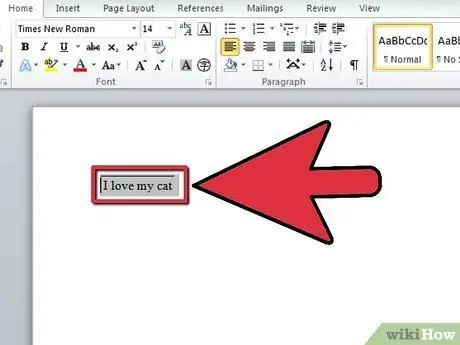
Step 5. Activate the code field
Once the text and code have been entered, the field code can be converted into a finished product. With the cursor position still in the code field, press “Shift + F9” to change the code. The text enclosed in brackets should now have an overline.
Overlines can change the spacing of your text. Examine the entire document to see the impact
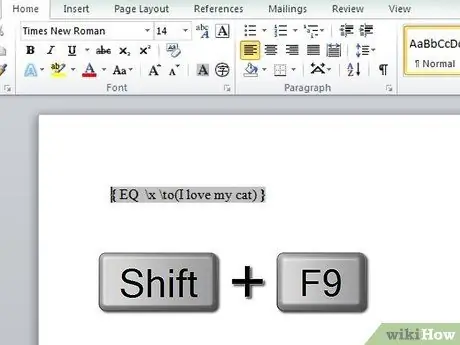
Step 6. If the code field is not working
Field code is a powerful scripting tool. If not used properly it can cause problems. If the entered formula is incorrect, the code will disappear. In fact, your program can crash. Make sure there are no spaces or extra characters in the formula you enter. The typing of the formula should be exactly as shown above.
If your code is lost, press “Shift+F9” to display the code again. Check your code and make improvements
Method 2 of 2: Using the Equation Function
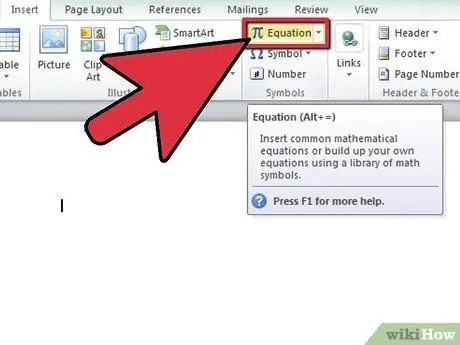
Step 1. Insert the equation object
Use the Equation Editor to give the text a mathematical overline. The resulting overline will be slightly different from the field code function, you will enter the text after creating the equation.
To insert an equation, click the Insert label. Click the Equation button in the Symbols section. If you are using Word 2003 or XP, click Insert → Object → Microsoft Equation 3.0
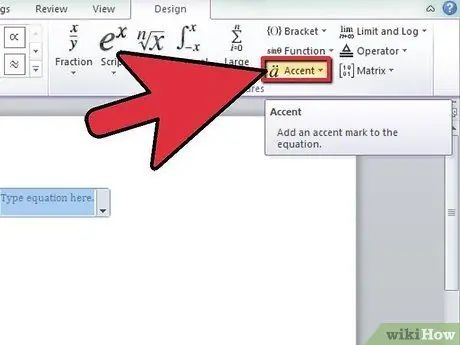
Step 2. Select the overline accent
Add accents first before typing text. Click the Accents button in the Design section. There are two ways to overline using the equation function. You can select Bar in the Accents section, or Overbar in the Overbars and Underbars section. Select one and a small dotted box will appear in the formula area.
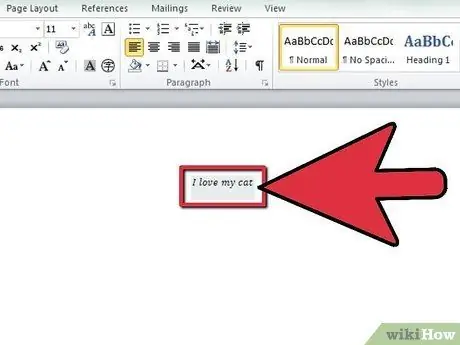
Step 3. Enter text
Click the little dotted box and enter your test. Overlines will be automatically rendered as text is typed. When you're done, click outside the equation box.
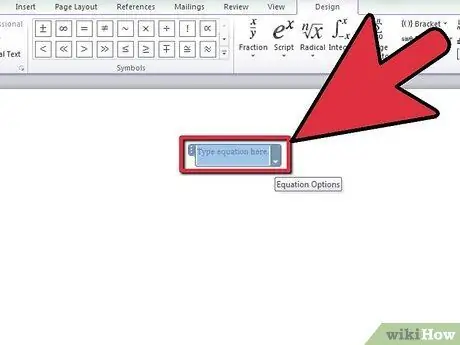
Step 4. If the formula doesn't work
If the overline doesn't appear, it's possible that the small dotted box wasn't selected when entering text. The box must be selected to overline the text. Text outside the box will not be affected.






